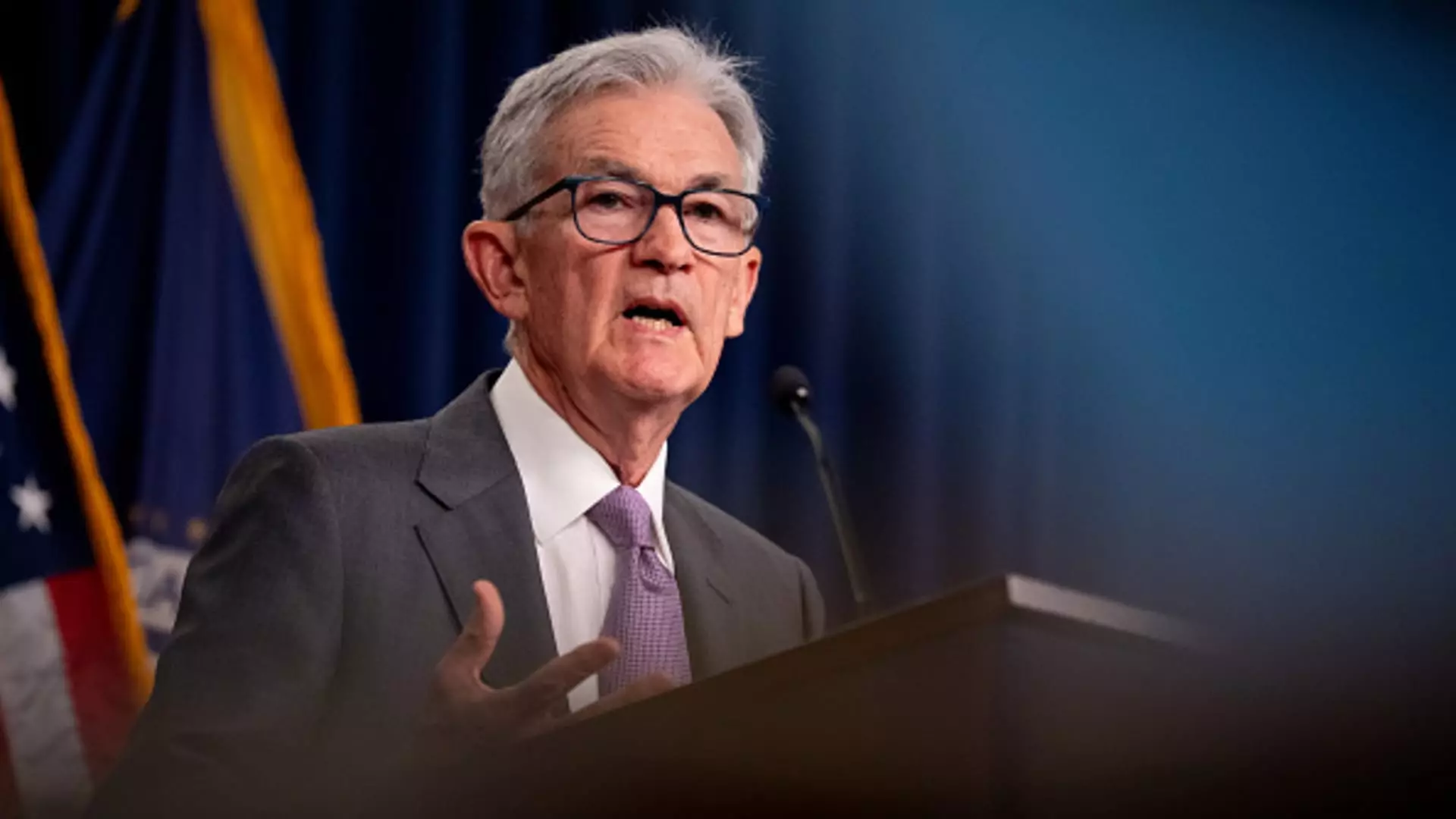The U.S. Federal Reserve is currently in discussion about a potential jumbo 50 basis point rate cut at its forthcoming meeting. Some analysts believe that a larger cut would demonstrate that the central bank is prepared to take necessary action to support job growth without indicating more severe concerns about a broader economic downturn. Michael Yoshikami, CEO of Destination Wealth Management, expressed his opinion that a 50 basis point cut would signal positive intentions by the Fed to stimulate the economy. This sentiment was echoed by Nobel Prize-winning economist Joseph Stiglitz, who also advocated for a larger interest rate reduction at the next meeting.
Despite the signals pointing towards a potential 50 basis point rate cut, market opinions on the matter remain divided. Policymakers are widely expected to lower rates when they convene in September, but the extent of the reduction remains unclear. A recent disappointing jobs report added fuel to concerns about a slowing labor market, leading to brief speculations about a more substantial rate cut. Currently, traders are leaning towards a 25 bps rate reduction, with only 25% of them anticipating a 50 bps decrease.
Conflicting Perspectives on the Economic Outlook
While some experts like Michael Yoshikami and Thanos Papasavvas believe that fears of an imminent recession are overblown, others such as economist George Lagarias caution against a 50 basis point rate cut. Lagarias believes that a larger cut could be “very dangerous” and might send a negative message to the markets and the economy. He argues that it could create a sense of urgency that could potentially become a self-fulfilling prophecy. The debate between those who advocate for a significant rate cut as a proactive measure and those who warn against the risks involved continues to unfold.
At the crux of this debate are the underlying components of the U.S. economy, including manufacturing data, unemployment rates, and company earnings. While concerns about a potential economic downturn persist, there are indicators that suggest resilience in these fundamental aspects. Both Yoshikami and Papasavvas point to the historically low levels of unemployment and interest rates, as well as the strength of company earnings as reasons to be cautiously optimistic about the economic landscape. However, the recent market volatility and the ongoing trade tensions have added an element of uncertainty to the equation.
The question of whether the U.S. Federal Reserve should implement a 50 basis point rate cut remains contentious. While some experts believe that a larger cut is necessary to provide the economy with the stimulus it needs, others caution against the potential risks associated with such a move. The forthcoming meeting of the Fed will likely shed more light on the direction policymakers choose to take in response to the current economic conditions. Only time will tell whether a proactive measure like a jumbo rate cut will be the catalyst for economic growth or if it will introduce a new set of challenges for the U.S. economy.

